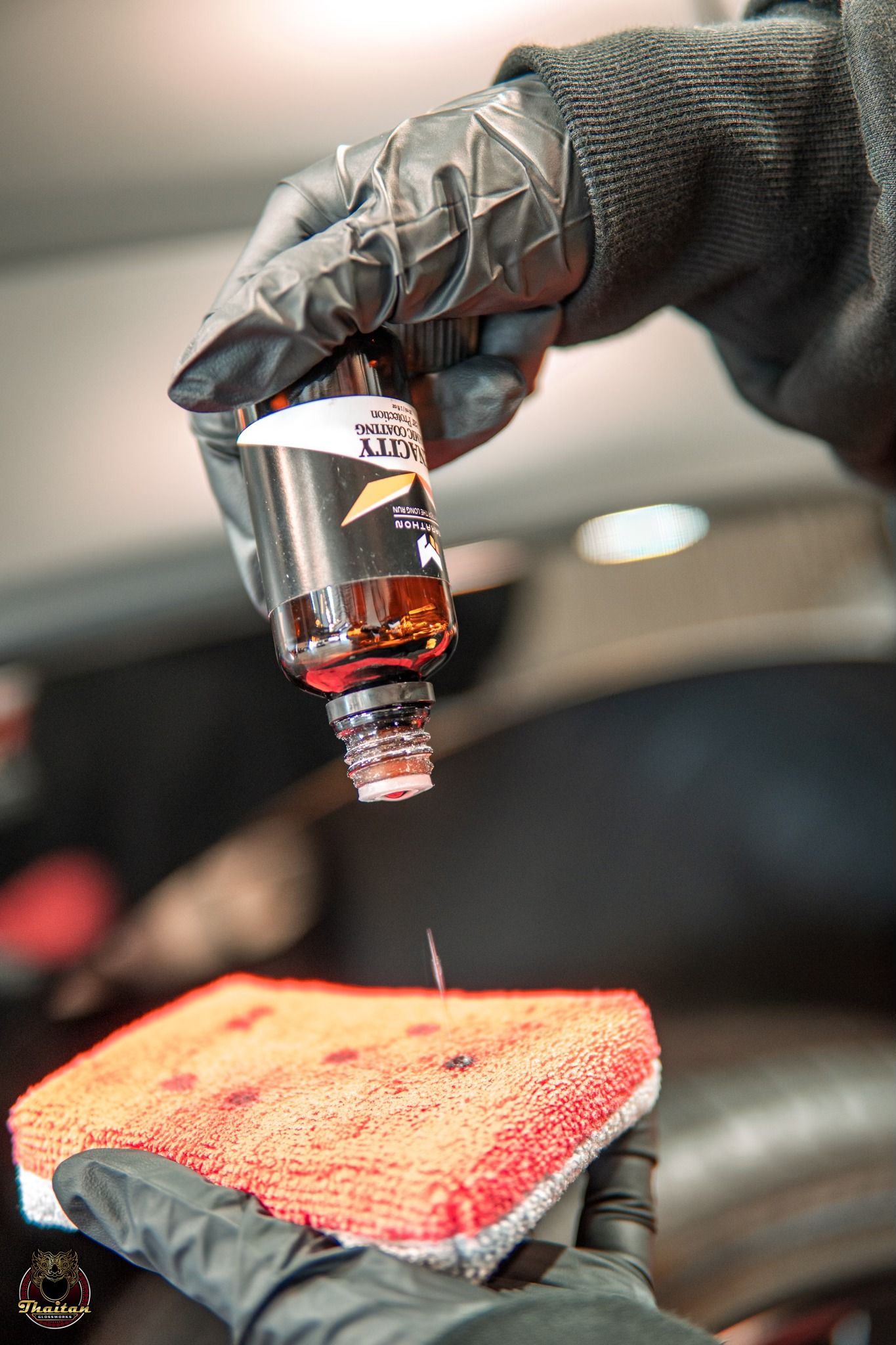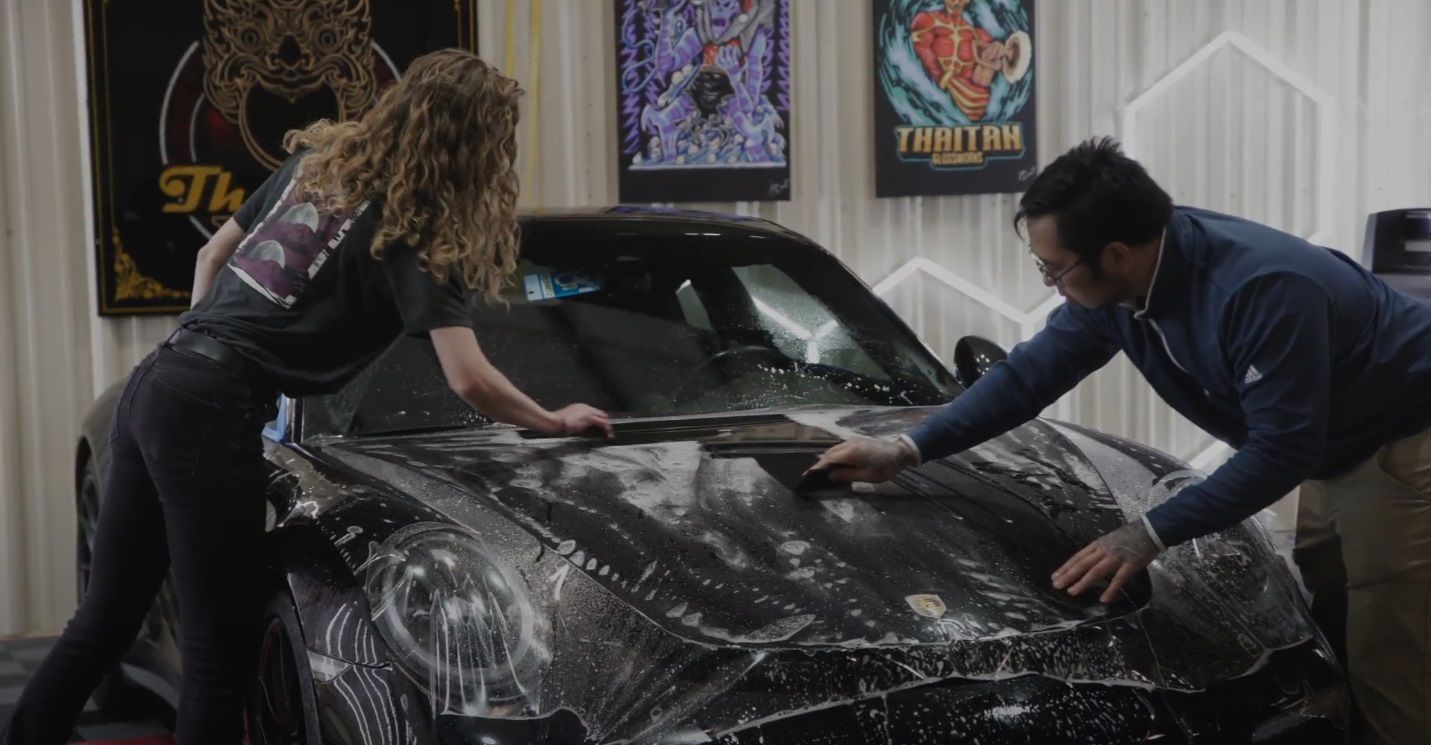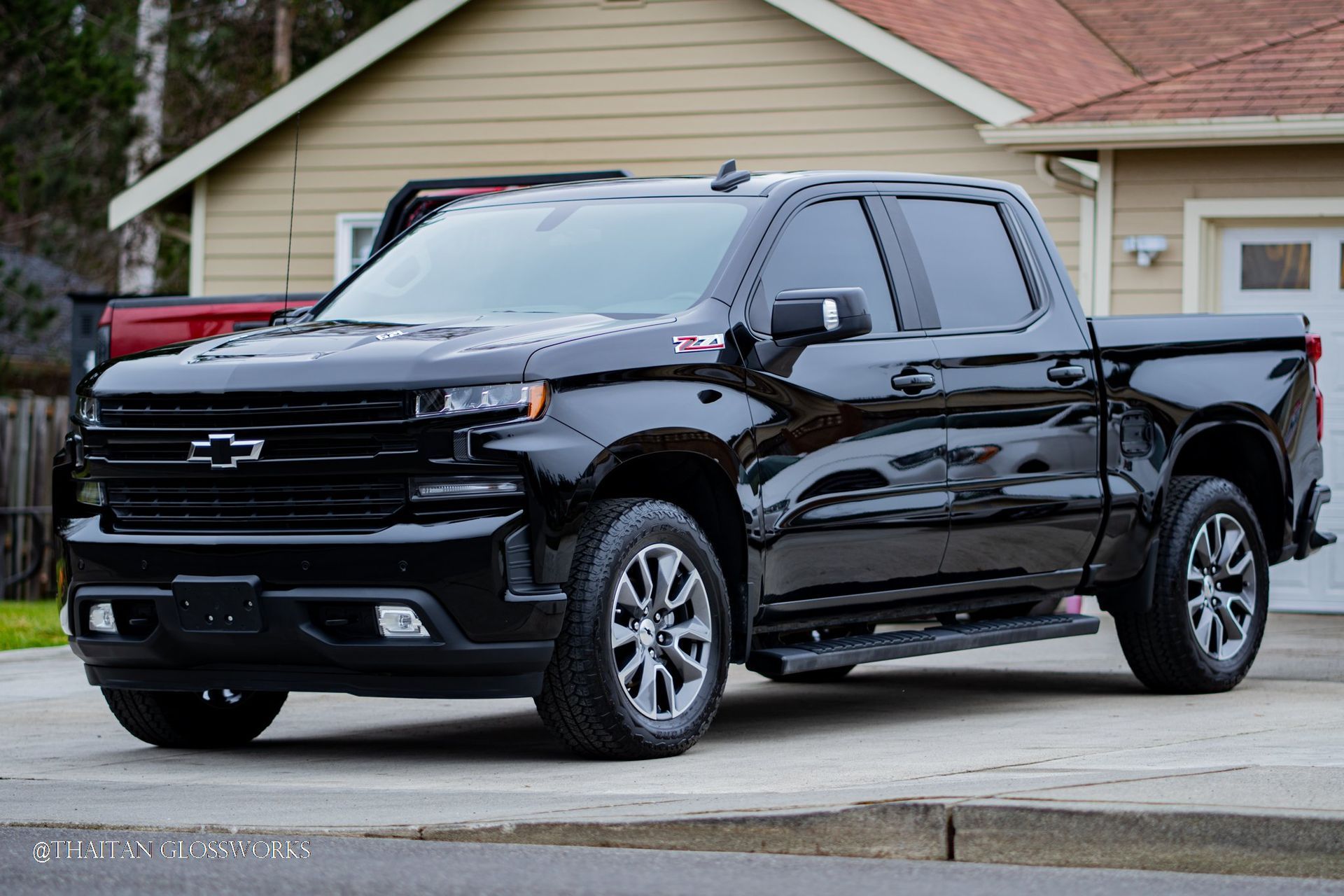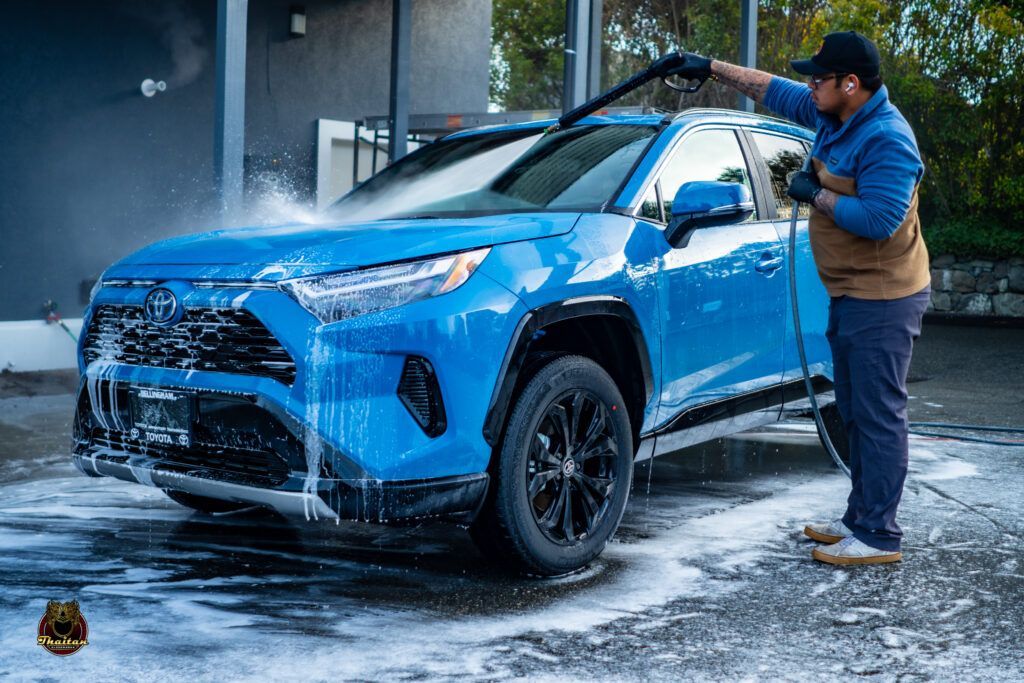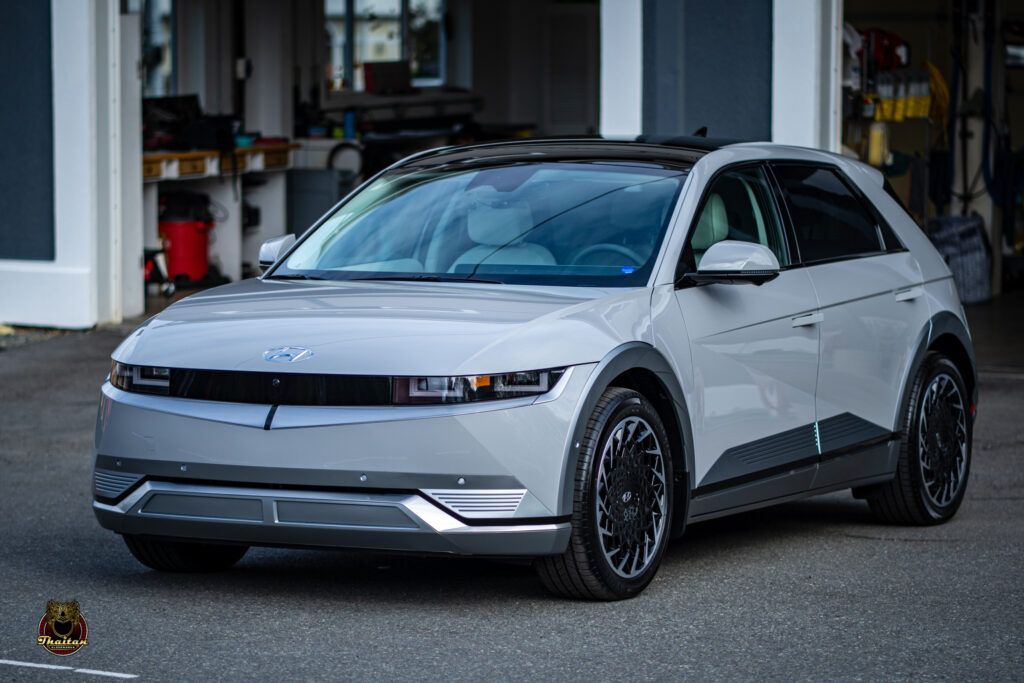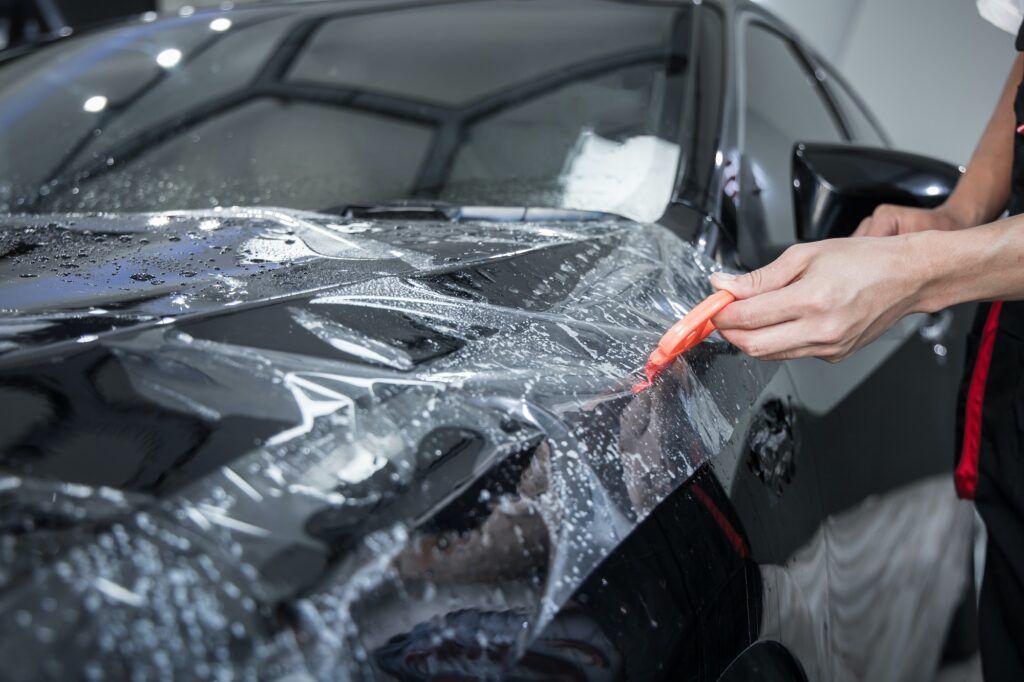UV Inhibitors in Modern PPF Technology: A Comprehensive Breakdown
In the Pacific Northwest, your vehicle faces unique challenges—from intense summer sun to our famously wet winters. Every time you park outside, whether in Anacortes or Burlington, your car's paint is exposed to UV rays that can fade and damage your investment over time. The solution? Modern Paint Protection Film (PPF) equipped with advanced UV inhibitors specifically designed to prevent that damage. These specialized compounds work continuously to keep your vehicle looking showroom-fresh, and understanding how they function can help you make informed decisions about protecting your investment. Let's explore the technology behind these innovative films and how they preserve your car's beauty for years to come.
UV inhibitors in modern Paint Protection Film technology shield your vehicle's paint from harmful ultraviolet rays, significantly reducing fading and deterioration over time. By blocking up to 99% of UV rays, these inhibitors help preserve your vehicle's aesthetic appeal and long-term value.
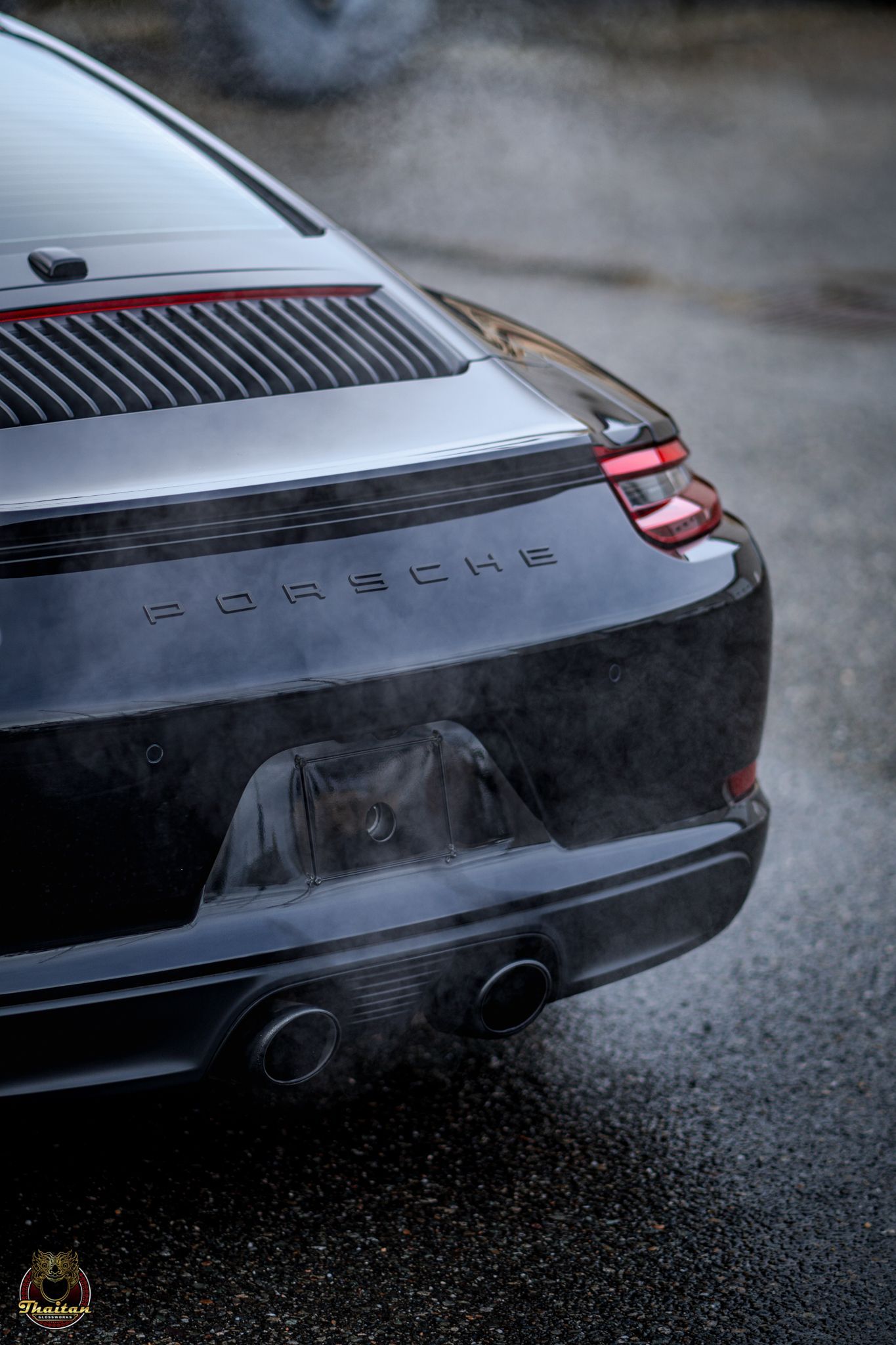
How Paint Protection Film Shields Your Vehicle
Paint Protection Film (PPF) serves as an essential barrier against the various external threats vehicles face daily. Think of it as a second skin for your car, protecting it from hazards like road debris and harsh weather elements. Its multi-layered design absorbs impacts that would otherwise chip or damage the paint beneath.
Protection from Chemicals
PPF also provides critical protection against various chemicals. Everyday contaminants like bird droppings and acid rain can wreak havoc on unprotected paint, leading to corrosion and costly repairs sooner than you'd expect. Studies by the Environmental Protection Agency (EPA) indicate that these acidic substances can cause substantial paint damage within just months of exposure. With protective film in place, you gain peace of mind knowing your vehicle's exterior remains safeguarded against these aggressive elements.
Modern PPF products integrate advanced technologies that enhance their protective capabilities. For instance, some films feature hydrophobic properties that allow water and dirt to bead off easily, making maintenance effortless and ensuring your vehicle continues to look pristine with minimal effort.
The beauty of car care with PPF is simple: invest a little upfront for extensive protection and longevity rather than facing hefty costs down the line for repairs and touch-ups.
UV Inhibitors: The Science Behind Protection
At the heart of effective Paint Protection Film lies the remarkable technology of UV inhibitors. These chemical compounds are embedded within the PPF, creating a crucial shield for your vehicle's paint. Their primary function is to absorb or reflect harmful ultraviolet rays that can damage not only the paint's color but also its structural integrity over time. By creating a protective barrier—similar to sunscreen for your skin—these inhibitors ensure your car maintains its flawless finish for longer.
How UV Inhibitors Work
UV inhibitors act as specialized guardians for your vehicle's finish. They work by either absorbing or reflecting UV radiation before it reaches the paint layer. This proactive approach results in significantly less fading and deterioration compared to unprotected vehicles.
Studies show that UV inhibitors can reduce color fading by approximately 50% over a five-year period. This impressive statistic highlights just how effective they are in preserving your vehicle's aesthetic appeal.
Moreover, UV inhibitors in PPF don't just combat surface issues—they also reduce maintenance demands over time. As the table below shows, their inclusion leads to marked differences in outcomes for protected versus unprotected surfaces:
| Without UV Inhibitors | With UV Inhibitors |
|---|---|
| Paint fades quickly | Maintains color |
| Increased peeling risk | Reduced peeling |
| Higher maintenance | Lower maintenance |
Vehicles with UV inhibitor-treated PPF require less frequent upkeep while retaining their vibrant color, translating into cost savings over time. This becomes particularly beneficial for those in sunnier climates where UV exposure is more intense.
Layers in Modern PPF Technology
Modern Paint Protection Film technology features a multi-layered design, with each layer serving specific protective functions that enhance your vehicle's overall resilience. When applied correctly, these layers form a formidable defense against the elements, preserving your car's appearance and value over time.
Adhesive Layer
The foundation begins with the adhesive layer—an essential component that secures the film to your vehicle's surface. This layer is specially formulated to create a strong bond without compromising your paint job. When it's time for removal, you can be confident it won't pull up any paint or leave behind residue. It functions efficiently while causing no harm to your vehicle's original finish.
Polymer-Based Middle Layer
The polymer-based middle layer plays a pivotal role in impact resistance. Made from durable and flexible polymers, this layer acts as a cushion against minor debris and road hazards. When a piece of gravel strikes your car, this shock-absorbing shield softens the impact significantly. It's an almost invisible armor that takes the hit while keeping your vehicle safe from unsightly scratches and dents.
Top Coat with UV Inhibitors
Finally, the top coat serves as your last line of defense, packed with advanced innovations. Infused with UV inhibitors, this layer serves dual purposes: protecting your paint from harmful sun rays and exhibiting self-healing properties. After a day in the sun, subtle scratches on your car's surface can vanish with exposure to natural warmth from sunlight or even a gentle heat application. This transformative ability keeps your car looking pristine while prolonging the life of the film itself.
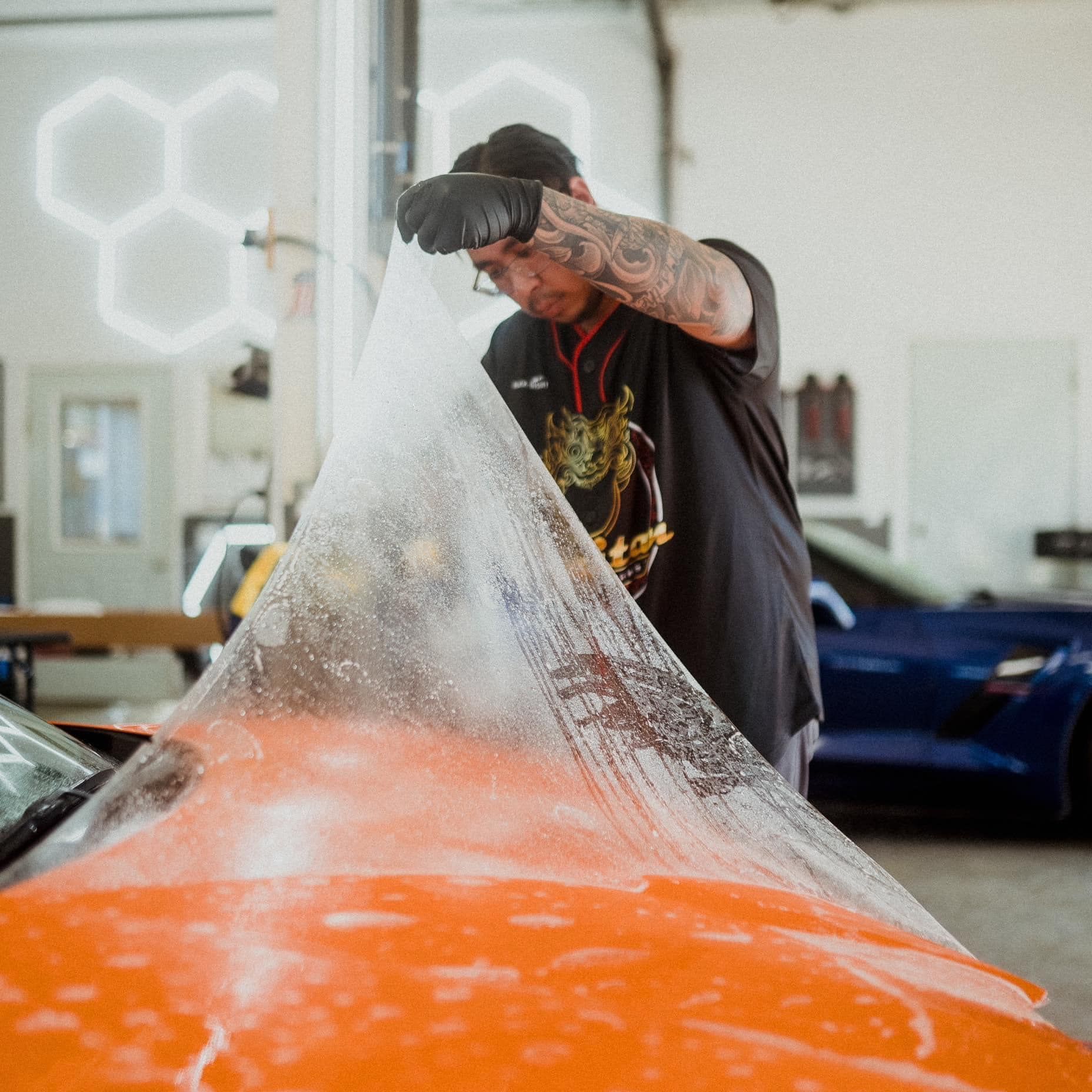
Guarding Against Sun Damage
Sun damage ranks among the top causes of paint fading and degradation over time. Studies reveal that UV radiation can inflict significant harm in as little as 3-5 years without proper protection. If you've ever parked your car under the blazing sun, you may have noticed how colors seem to lose their luster after months of exposure. That's where UV inhibitors in modern PPF make all the difference.
With advanced PPF technology, these critical UV inhibitors can effectively block up to 99% of harmful ultraviolet rays. This impressive capability translates into a longer lifespan for your vehicle's paint while maintaining its vibrant color. You can keep the rich hue of your vehicle while ensuring it remains an attractive asset when it comes time to sell or trade in.
While some may argue that simple wax coatings suffice for paint protection, these alternatives fall short regarding long-term effectiveness. They require frequent reapplication—a hassle for many car owners—and don't provide the same comprehensive coverage as PPF. Think of it like sunscreen: a quick application might offer momentary relief, but high-quality SPF provides far better protection throughout the day.
The significance of UV inhibitors extends beyond aesthetics to tangible durability benefits. By significantly mitigating paint deterioration, vehicles equipped with PPF retain not only their appearance but also their market value over time.
Long-Term Benefits of UV Shielding
One of the most powerful attributes of modern PPF technology is its ability to preserve a vehicle's aesthetic appeal over time. A car equipped with high-quality PPF often looks showroom-fresh after five years, while an unprotected vehicle may show noticeable wear and tear. Such protection significantly reduces color fading from prolonged sun exposure and shields against abrasive particles that could otherwise damage the surface. Many car enthusiasts appreciate how this invisible guardian maintains their vehicles' pristine finish, providing peace of mind while they enjoy driving their prized possessions.
This aesthetic preservation directly translates into substantial financial benefits. According to Kelley Blue Book, a well-preserved paint job can enhance your car's resale value by as much as 10%. This means investing in quality PPF isn't simply about immediate protection—it's a smart financial decision for the future. When you consider that this increase can translate to hundreds or even thousands of dollars upon selling your vehicle, the value becomes clear. Moreover, vehicles that look pristine tend to attract more buyers, reinforcing that first impressions matter immensely in automotive resale markets.
The cumulative effects of these factors demonstrate that safeguarding your vehicle's paint with UV-inhibiting PPF serves as an investment in both its appearance and potential value.
Choosing the Right PPF for Your Vehicle
Choosing the right PPF goes beyond selecting a brand—it's about understanding your driving habits and environment. When selecting PPF, first assess your surroundings. If you live in a high-traffic area or frequently drive on gravel roads, consider thicker films, ideally around 8 to 10 mils. These thicker options provide superior protection against chips and marks from debris that can accumulate during daily commutes.
Climate considerations are equally important. In areas with intense UV exposure, prioritize films equipped with advanced UV protection. These films not only shield your car's paint from harmful rays but also help maintain your vehicle's finish longevity. Remember, it's not just about protecting the surface—investing in quality protection prevents costly repairs from sun damage down the road.
Evaluating Product Features
Several features can dramatically affect your decision-making process. Self-healing technology is particularly valuable, allowing minor scratches from daily driving to disappear when exposed to heat from sunlight or a warm engine. This is especially beneficial for city drivers who face tight parking spots and environmental stressors.
Additionally, hydrophobic coatings ensure water beads off your vehicle rather than sitting on the surface, making cleaning significantly easier. Imagine rain simply sliding off, leaving no spots or streaks behind.
Consider the durability and warranties offered by different brands. Some manufacturers offer warranties extending up to ten years, indicating confidence in their product's longevity. If you plan on keeping your vehicle for several years, prioritize these high-quality options—they'll pay off in terms of both maintenance and preserving your car's value.
For the best outcome regarding performance and ease of application, professional installation is strongly recommended. While DIY options exist, professional application ensures optimal results and full warranty coverage.
Final Thoughts
Protecting your vehicle's paint with modern PPF technology equipped with UV inhibitors is one of the smartest investments you can make as a car owner. The combination of multi-layered protection, advanced UV blocking capabilities, and self-healing properties ensures your vehicle maintains its flawless finish while preserving its long-term value. Whether you're navigating the roads of Anacortes, Burlington, or any surrounding area, your vehicle deserves protection that matches your standards for quality and craftsmanship.
Don't wait until sun damage and environmental wear take their toll on your investment. Visit Thaitan Glossworks to explore the latest advancements in PPF technology and receive a personalized consultation designed specifically for your vehicle's protective needs. Our expert team is committed to delivering the precision and quality you expect, ensuring your vehicle receives the care it deserves.
Schedule your consultation today and discover how UV-inhibiting PPF can keep your vehicle looking showroom-fresh for years to come.

